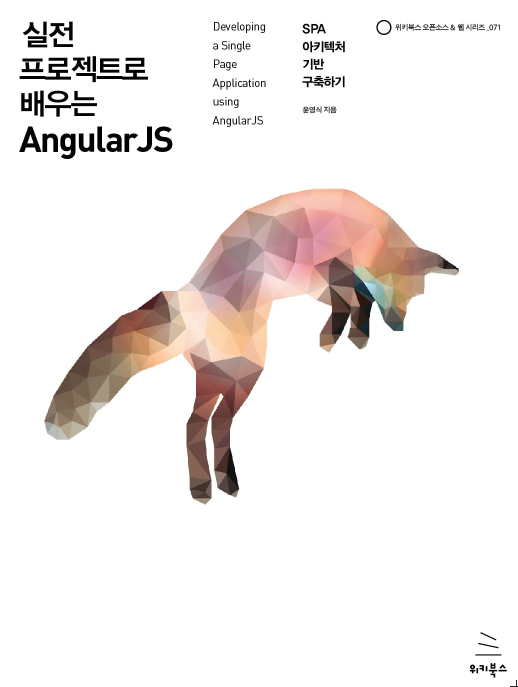Linear Regression의 Tensorflow 실습 강좌를 정리해 본다.
Hypothesis & Cost function (예측과 비용 함수)
학습을 통해 cost function의 W와 b를 minimized하는게 목적이다.
- step-1: Node라는 operation 단위를 만든다.
- step-2: Session.run을 통해 operation한다.
- step-3: 결과값을 산출한다.
Tensorflow는 W, b를 Variable로 할당한다. Variable이란 tensorflow가 변경하는 값이다라는 의미이다.
H(x) 가설 구하기
$ python3
>>> import tensorflow as tf
>>> x_train = [1,2,3]
>>> y_train = [1,2,3]
>>> W = tf.Variable(tf.random_normal([1]), name='weight')
>>> b = tf.Variable(tf.random_normal([1]), name='bias')
>>> hypothesis = x_train * W + b
cost(W,b) 구하기
- reduce_mean: 전체 평균
- square: 제곱
>>> cost = tf.reduce_mean(tf.square(hypothesis - y_train))
minimize Cost 구하기
- GradienDescent 를 사용해서 minimize한다.
>>> optimizer = tf.train.GradientDescentOptimizer(learning_rate=0.01)
>>> train = optimizer.minimize(cost)
Graph 실행하기
Tensorflow의 Session을 만들고, 글로벌 변수값을 초기화 해준다.
- 2000번을 돌리면서 20번만다 출력해 본다.
- sess.run(train): 학습을 시킨다. 처음 Cost를 랜덤하게 가면서 학습할 수록 값이 작이진다.
sess.run(W): 1에 수렴하고
sess.run(b): 작은 값이 수렴한다.
>>> sess = tf.Session()
>>> sess.run(tf.global_variables_initializer())
>>> for step in range(2001):
... sess.run(train)
... if step % 20 == 0:
... print(step, sess.run(cost), sess.run(W), sess.run(b))
...
0 8.145951 [-0.13096063] [-0.43867812]
20 0.0741704 [0.87371004] [0.00051325]
40 0.0009571453 [0.9702482] [0.04034551]
... 생략 ...
1960 2.7972684e-08 [0.9998057] [0.00044152]
1980 2.5414716e-08 [0.99981487] [0.00042076]
2000 2.3086448e-08 [0.9998234] [0.00040107]
위의 train은 여러 Node가 연결된 graph가 된다.
Placeholder로 수행하기
수행시 필요할 때 값을 동적으로 전달하여 train해 본다.
- X, Y placeholder를 만든다.
- feed_dict를 통해 값을 할당한다.
>>> X = tf.placeholder(tf.float32)
>>> Y = tf.placeholder(tf.float32)
>>> for step in range(2001):
... cost_val, W_val, b_val, _ = sess.run([cost, W, b, train], feed_dict={X: [1,2,3], Y:[1,2,3]})
... if step % 20 == 0:
... print(step, cost_val, W_val, b_val)
...
0 2.3086448e-08 [0.9998238] [0.00040011]
20 2.0964555e-08 [0.99983215] [0.00038142]
참조
'Deep Learning > NN by Sung Kim' 카테고리의 다른 글
| [Linear Regression] Multi Variable 개념 및 실습 (0) | 2018.07.04 |
|---|---|
| [Linear Regression] Tensorflow를 이용한 Minimized Cost 실습 (0) | 2018.07.03 |
| [Linear Regression] Minimize Cost (0) | 2018.07.03 |
| [Linear Regression] 개념 (0) | 2018.07.03 |
| Tensorflow 설치하기 (0) | 2018.07.03 |






